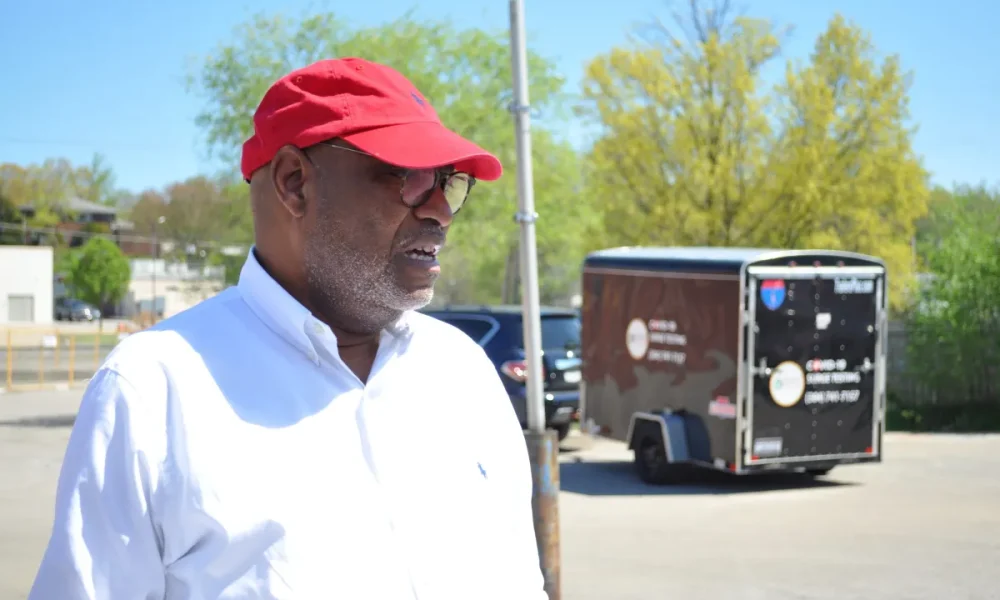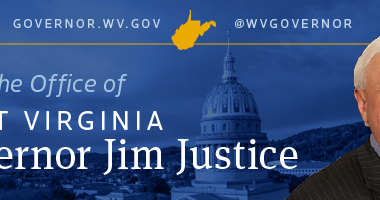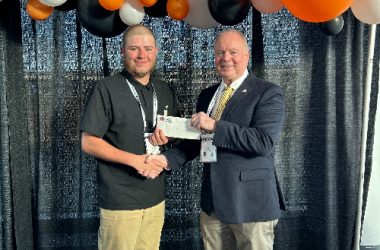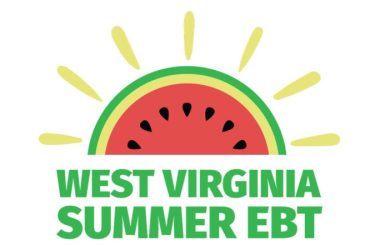$678 million in unspent federal COVID relief dollars could have helped the state’s most marginalized communities; Instead, state political leaders are putting it toward unspecified economic development
By P.R. Lockhart Mountain State Spotlight
As the sun beamed down on an unseasonably warm April day, a small group of nurses and community volunteers waited under a white tent on the West Side of Charleston, ready to give COVID-19 tests to anyone who asked.
Women approached with small children in tow, stopping to say hi to the workers outside. As people walked up the street or drove through the adjacent parking lot, a few stopped to be tested.
Things weren’t as busy as they were at the peak of the pandemic, when lines for tests and vaccines in this neighborhood were much longer. But for the Rev. James Patterson, that’s a good sign. He’s now focused on harnessing the impact his group’s efforts have had in the community on a new project: converting a former Save-a-Lot grocery store into a health center to serve Charleston’s West Side.
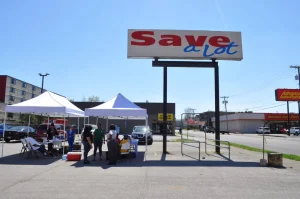
The health center project marks a new phase in the work that Patterson’s group, the Partnership of African American Churches, has done to improve health access and outcomes on the West Side, home to one of the largest Black populations in West Virginia.
“Sometimes people in power say ‘you’re trying to create a segregated health care system,’” Patterson says of his work in the state. “I’m trying to desegregate the segregated one that already exists.”
The hope is that the health center will help reduce many of the disparities that the pandemic exposed by servicing communities on the West Side and Kanawha County more broadly. And in a best-case scenario, the Charleston center would just be the beginning — one in a series around the state in some of West Virginia’s most impoverished communities. The $13.5 million in funding needed to finish the Charleston site and help build the other centers, Patterson thought, could come from the more than $1.3 billion in federal money West Virginia was given under the American Rescue Plan Act.
But the pitch Patterson sent Gov. Jim Justice for the funds never received a response. Instead, he watched as lawmakers, at Justice’s request, passed HB 2883, legislation that allocated the majority of the state’s remaining $678 million in ARPA money to the West Virginia Economic Development Authority.
State political leaders argue that using the federal assistance to invest in general economic development will provide more financial opportunities for workers and will bring larger corporations and jobs to West Virginia. But for advocates and community organizations, the decision is frustrating, particularly as so many state efforts to help marginalized and distressed groups remain in dire need of money and could have benefited from the recent flood of federal cash.
Read more: https://mountainstatespotlight.org/2023/05/15/arpa-spending-minorities-economic-development-wv/


